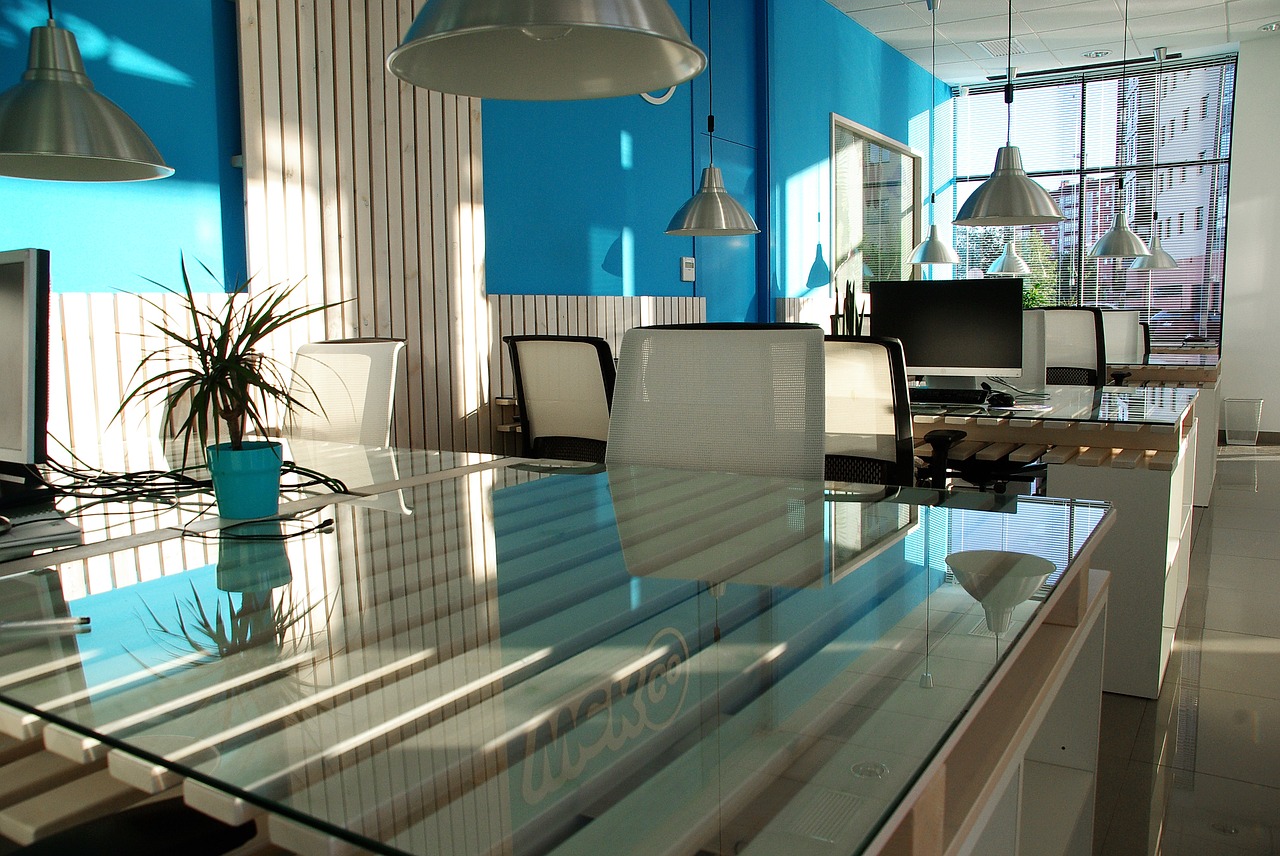The Economics of Office Lighting and Why Lighting Can Improve Productivity
If you are a business owner, are you aware of the 3-30-300 principle? This principle refers to an estimated amount a company spends per square foot annually for energy, real estate and workforce costs.
For example - under this framework, energy is figured at $3 per square foot, operations/rent is $30 per square foot and payroll at $300 per square foot. This was designed to help a company understand where cost savings will be the most valuable. This model shows why changes to the human experience has the most impact. So, if you can increase productivity by 10% it will equate to a value of $30 annually per square foot.
Here is a link to a video that explains this principle: https://youtu.be/VkY_a9C98DM What if you could improve your employee’s satisfaction at work, reduce sick days, increase productivity and save money on your energy costs all at the same time?
The HR advisory firm Future Workplace conducted a survey of 1,614 employees in North America and they discovered that the #1 office perk they would like is access to natural light and views of the outdoors. 78% of the responders said that access to natural light improved their wellbeing and 70% reported an improvement in work performance.
Research by Cornell University Professor Dr. Alan Hedge found that optimizing natural light in an office significantly improved the health and wellness among workers. There was a reduction in eyestrain, headaches and drowsiness. (Workspaces, by Jeanne C. Meister, September 3, 2018)
Why is Natural Light Important to Humans?
To understand why natural light is so important, we need to think of our ancestors. Before we had electrical light humans spent 90% of their awake hours outside. Being outside they were surrounded by natural, dynamic (constantly changing) light. They enjoyed the warm sunrises, bright blue mid-day lighting and then the warm glow of sunsets. Once inside they had the warm light from candles or fires.
Our biological time clock, Circadian Rhythm, is reset each day by natural lighting. As we fast forward to today, we are spending more than 90% of our time indoors under static (non-changing) light. A study done by UNC Kenan-Flagler Business School found that the color temperature of the light source has the most influence on how we work. They believe that it’s in our DNA to perform better under specific lighting.
How is Lighting Measured & Controlled?
Light is measured in temperatures and colors, the measurement used is Kelvin (K), the warm glowing incandescent lights we grew up with are listed as 2700K, with numbers increasing as the light gets cooler. Mid-range is 3000K-4100K and gives the look of a cool white, with a sunny day blue sky measured between 5000K-6500K being a very cool blue light. Studies have shown that the cooler light increases alertness as well as improved mood, energy and may boost productivity and sales up to 40% and creativity up to 15%!
When we are in blue light our melatonin is suppressed, we feel energized and are more productive, we are more alert, think of how you feel on a bright sunny day. Light sets the mood, in areas where you are wanting to increase cooperation and a sense of comfort you will want a warmer light, in production areas a brighter, bluer light is needed.
I have had the opportunity to work with employees who have ADA’s because of the lighting in an office. Also, I’ve worked with people who are diagnosed with circadian disruption and have trouble getting to work in the morning, others who suffer from intense eyestrain and headaches. All have been successfully remedied with proper lighting.
Lighting Types Are Evolving - But We’re Still Using Outdated Lighting in the Workplace
Overhead lighting was designed when we were using paper and pencils. We are now on computers primarily, and the light needs to change. For example, modern lighting from a task lamp helps to balance the light at the computer, reducing eyestrain and headaches. It is also able to change in color and intensity. This kind of light will give a boost of blue light mid-day, a crisp clear light for high acuity tasks such as working with numbers. if you are working at night it will create a nice warm light that will not inhibit the production of melatonin and therefore won’t interfere with getting a great night’s sleep.
Slim Profile LED Ceiling Light
LED (light-emitting diodes) lighting has the potential to reduce operational costs and improve productivity. LED lights can improve worker satisfaction because LED panels can eliminate the glare and flicker that many people experience with fluorescent lighting.
This is not only important for comfort and worker satisfaction but can also have a positive impact on the bottom line of a business. LED Lights use a fraction of the energy compared to fluorescent lights. They will lower utility bills and reduce the need for ongoing maintenance as they have a longer life than traditional fluorescent lighting options.
Fluorescent options also put off most of their energy use in heat so you may be running the air conditioner more that you will need to with LED’s. While the initial investment in LED’s may be more expensive than fluorescent options, they generally have a payback in energy savings of a few years. When maintenance savings and worker satisfaction is added to the equation the payback may be only a few months! As an added benefit and cost saving - LED’s also do not contain mercury (which is harmful to the environment) and therefore do not have an added expense for recycling & disposal.
What if Office Lighting was Programmable and Customized?
Office task lamp with preset color configurations
This is the next break-through in lighting for offices. These lights can be set to automatically change color and intensity and have controls so that they can be changed for personal preferences.
Lighting in offices should be layered so that employees can work comfortably - instead of all the light coming from the ceiling which can cause glare and a negative impact on health. It is important to also have ambient and task lighting, allowing the individual greater control of their light.
DALE Office Interiors recommends the use of lighting to zone different areas. For example, use an oversized pendant light above a large table to create definition around an area for meetings. Spotlights can direct people to different areas of the office or building. Low lighting in small nooks to give the impression of privacy. Breakout areas can be enhanced with the use of accent lighting to create unique and attractive light designs.
In all areas, flexible features like dimmer switches, lamps and task lamps to give people control over their own lighting. This enables them to set the environment for work, meetings or relaxing.
Human Centric Lighting is the Next Step for Modern Lighting in the Workplace
“Human centric lighting (HCL) is aimed at providing the right light for our activities at the right place at the right time” - Maury Wright.
In the office setting HCL lighting will be used to create an environment that allows everyone to feel, work and be their best. This encourages productivity, comfort and well-being because HCL is used to support the changing needs of the individual.
Office With Natural Light and Layered Overhead Lighting
There are many reasons for choosing HCL. The ability to create a comfortable environment increases productivity - and when employees are happier at work you have greater retention of talent. The benefits of HCL include a health circadian rhythm, improved mood, greater visual acuity, improved productivity and may enable employees to sleep better at night, all with energy savings and sustainability.
So back to the 3-30-300 principle… Business owners and commercial operators can use lighting to improve efficiency in two parts of this model! The simpler part is reducing operating costs and boosting efficiency by replacing outdated lighting with new, energy-efficient LEDs. However, the real opportunity to see gains is to use lighting as a way to boost worker productivity by using Human Centric Lighting principles.






